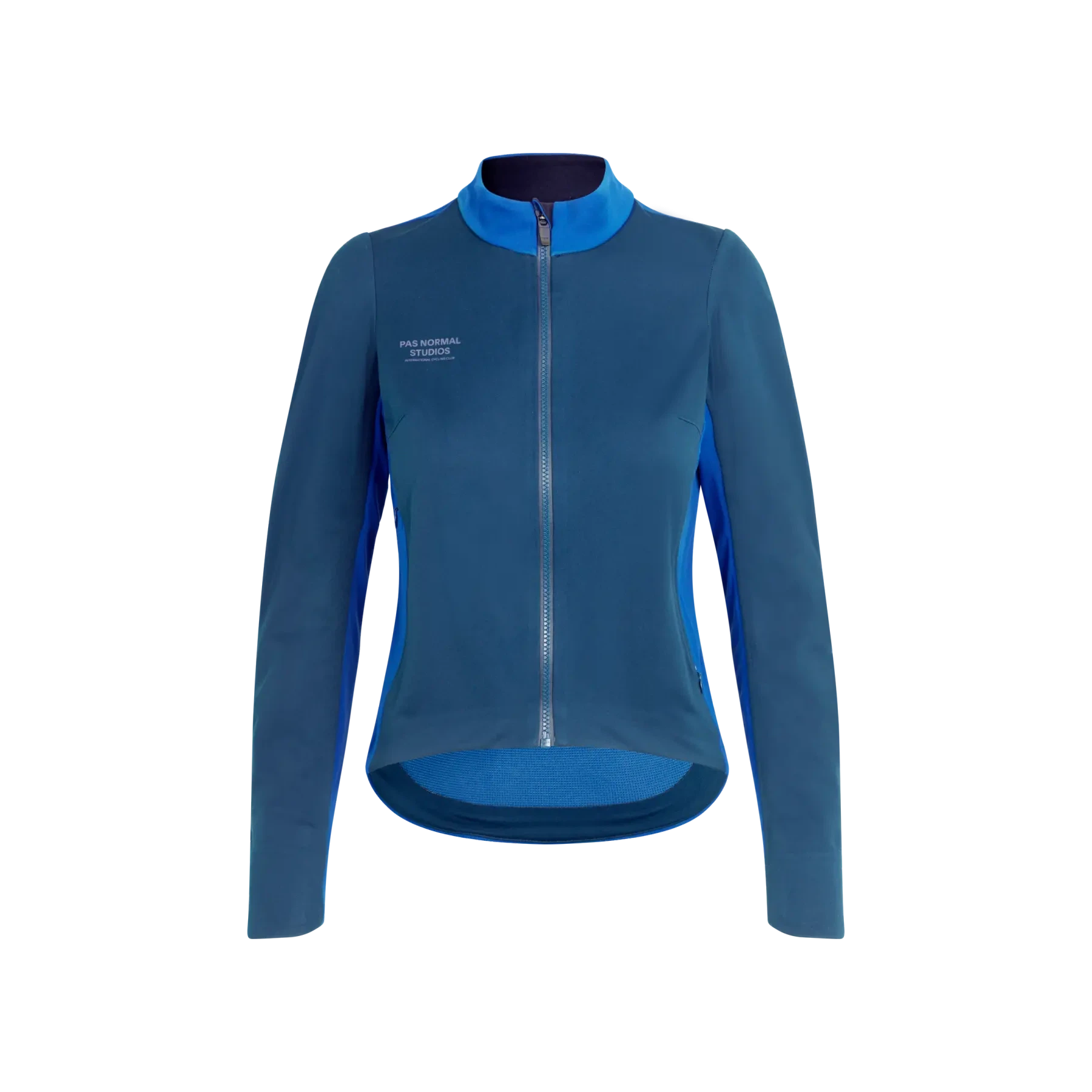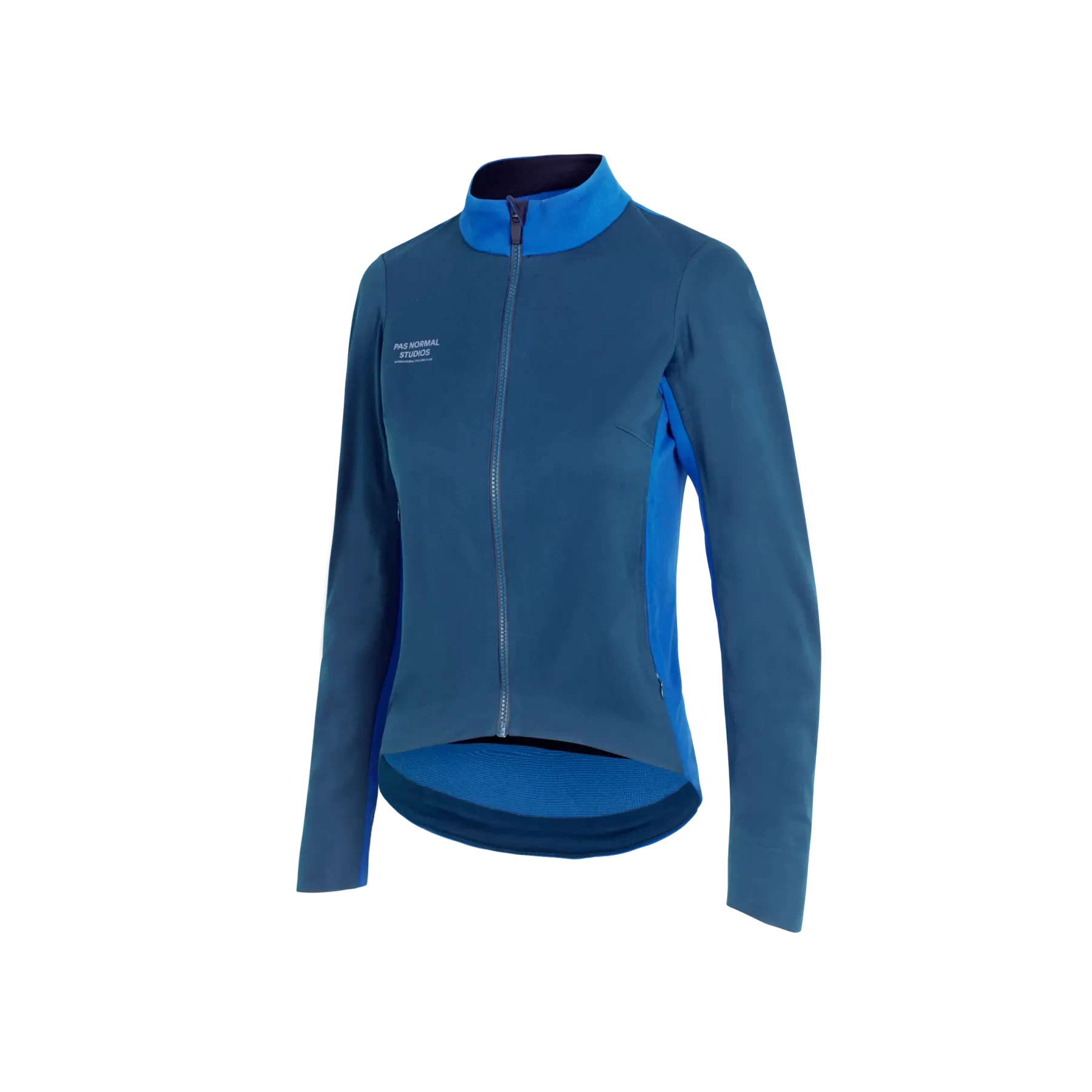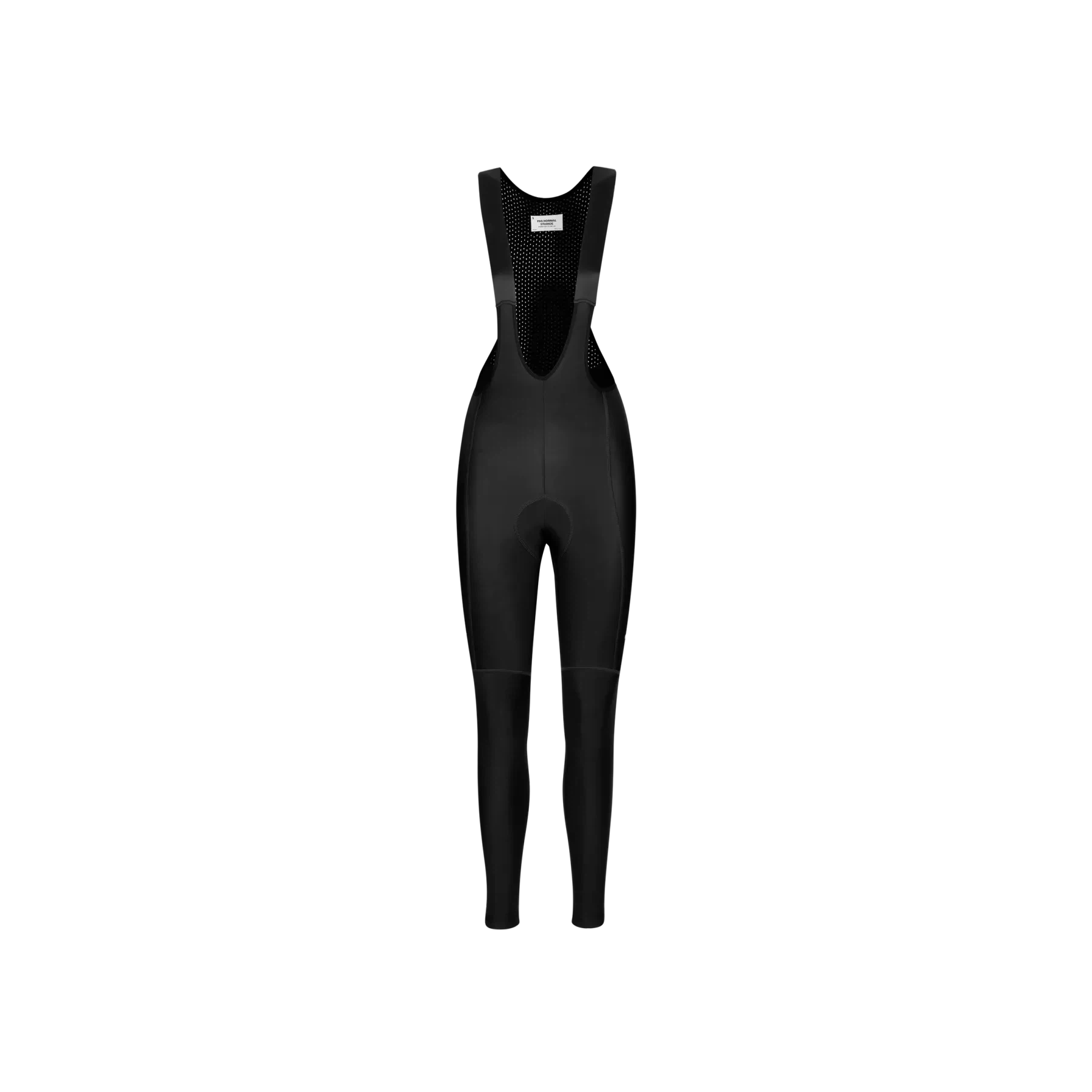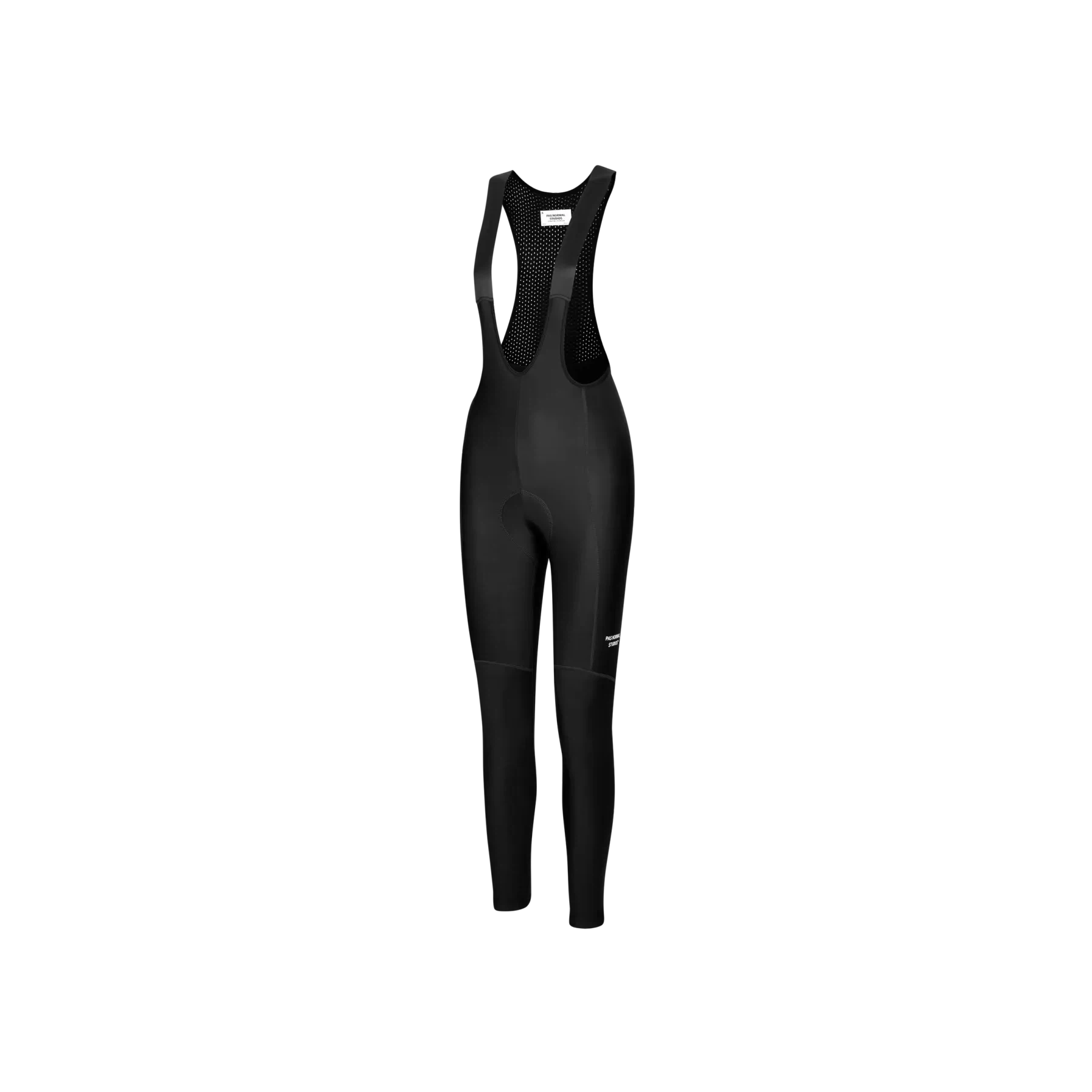For road and gravel cyclists, training hard is only part of the equation for performance and endurance. Proper recovery—often overlooked—is just as critical. It helps repair muscles, replenish energy stores, and prevent injury. The benefits of training can only be fully realized through effective recovery. By prioritizing hydration, nutrition, rest, and active recovery techniques, cyclists can maximize their performance and longevity in the sport.
Hydration: Replenish and Maintain
Hydration plays a vital role in recovery. Replenishing lost fluids during and after a ride is essential for muscle function and overall recovery. Cyclists should:
-
Drink electrolytes during and immediately after riding. Aim to consume one bottle per hour while riding. This will vary from person to person and depend on factors such as temperature, so be sure to test and adjust well in advance of race day.
-
Hydrate consistently throughout the day to maintain optimal fluid balance, especially in warmer weather.
Nutrition: Fuel for Performance and Recovery
Proper nutrition replenishes glycogen stores and repairs muscle tissue. Key strategies include:
-
Pre-Ride Fueling: Eat a carb-dense meal a few hours before riding to avoid starting in a depleted state.
-
On-the-Bike Nutrition: Start fueling earlier than you think you need to. Keep blood sugar levels stable by consuming quick sources of sugar, such as gels or gummies, before you experience an energy drop.
-
Sustained Fueling: Depending on the type of ride or race, aim for:
-
30-60g of carbs per hour for endurance rides.
-
90-120g of carbs per hour for high-intensity efforts, such as races or spirited group rides.
-
Train your gut by practicing carb intake to avoid gastrointestinal (GI) issues.
-
Post-Ride Recovery: Consume a meal rich in carbohydrates and protein to restore glycogen stores and support muscle repair.
Tip: Plan ahead with recovery drinks, meals, or snacks to refuel efficiently after a ride. Skratch Labs Recovery Drink Mix is a great option.
Rest and Sleep: Essential for Rebuilding
Quality sleep is one of the most effective recovery tools. Aim for 7-9 hours per night to allow your body to repair and rebuild. Additionally:
-
Avoid late-night training, eating, and screen time, as they can disrupt sleep.
-
Take rest days to allow full recovery from intense training sessions.
-
Incorporate active recovery, such as walking, light stretching, or easy rides, to promote circulation and reduce stiffness.
-
Elevate your legs after long rides to help reduce swelling and enhance blood flow.
Additional Recovery Techniques
Beyond hydration, nutrition, and rest, consider these techniques to optimize recovery:
-
Cool Down: Finish rides with light pedaling at a higher cadence to help flush out lactic acid and promote recovery.
-
Stretching & Mobility Work: Regular stretching and foam rolling improve flexibility and reduce muscle soreness.
-
Compression Therapy: Wearing compression socks or using compression boots may aid circulation and reduce muscle fatigue.
-
Massage & Foam Rolling: Helps alleviate muscle tightness and enhance recovery—be sure to hydrate afterward.
-
Limit Alcohol: Alcohol can interfere with sleep and muscle repair, so reducing intake supports better recovery.
-
Listen to Your Body: Pay attention to signs of overtraining, fatigue, or discomfort, and adjust your recovery plan accordingly.
-
Track Your Recovery: Keeping a diary can help you and/or your coach analyze patterns over time to better understand what works best under various training conditions.
Conclusion
Recovery is just as important as training when it comes to cycling performance. By prioritizing hydration, nutrition, rest, and recovery techniques, you’ll improve endurance, enhance durability, and reduce injury risk—all crucial for long-term cycling success. Invest in your recovery, and your body will reward you with better performance on the bike.












Leave a comment